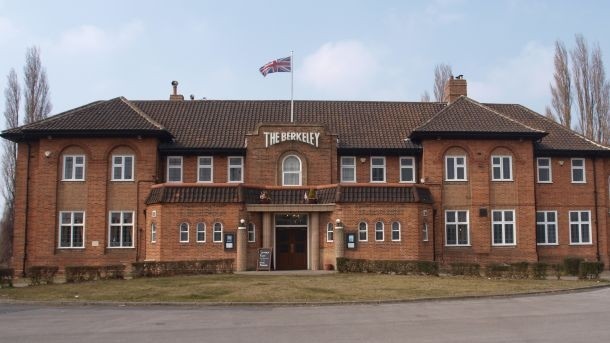Pub protection
Protection for 21 "much loved" interwar pubs

It follows Historic England’s project to understand and protect some of England’s best pubs built between 1918 and 1939.
The Department for Culture, Media and Sport said the pubs, most listed at Grade II and one upgraded to II*, are “much loved local landmarks” shaped by the improved pub movement that followed the First World War, in which breweries across the country rebuilt thousands of pubs, spurred on by the need to appeal beyond their usual male clientele.
By creating bigger, better pubs with restaurants, gardens and community meeting spaces, breweries aimed to attract more respectable customers, to appeal to families and particularly women.
The Government says the 21 listed following Historic England’s research are the best surviving examples.
Heritage Minister Tracey Crouch said: “These inter-war pubs are more than a slice of living history, they play an intrinsic role in English culture and our local communities. I’m delighted that these pubs and their fascinating history have been protected for generations to enjoy for years to come.”
Among the new listings is The Berkeley Hotel in Scunthorpe which was commissioned, decorated and run by pub landlady, Edith Kennedy.
Further afield in Birmingham is The Black Horse, dubbed by architect Basil Oliver as “one of the most sumptuous inns in the district, if not England” now upgraded to Grade II*.
Also listed is the Royal Oak, on the doorstep of the famous Columbia Road Flower market in Hoxton and called an “early pub” because it serves market traders from 9am on Sundays.
Emily Gee, head of Listing at Historic England said: “This national project, the first of its kind, has surveyed the increasingly threatened and much loved inter-war public house, allowing us to identify, understand and protect the most special examples. And what better way to champion the best of our locals than by raising a pint glass to these architectural beacons of English community life now celebrated on the National Heritage List.”


